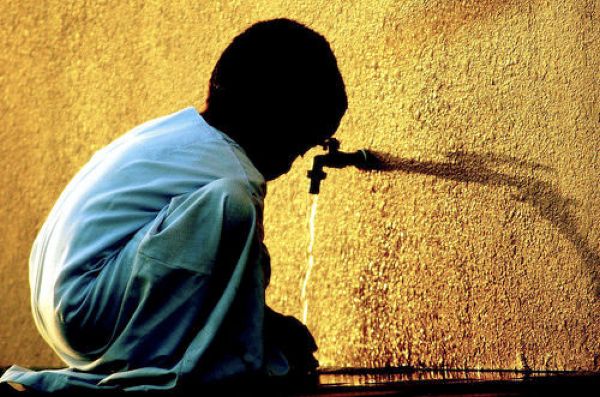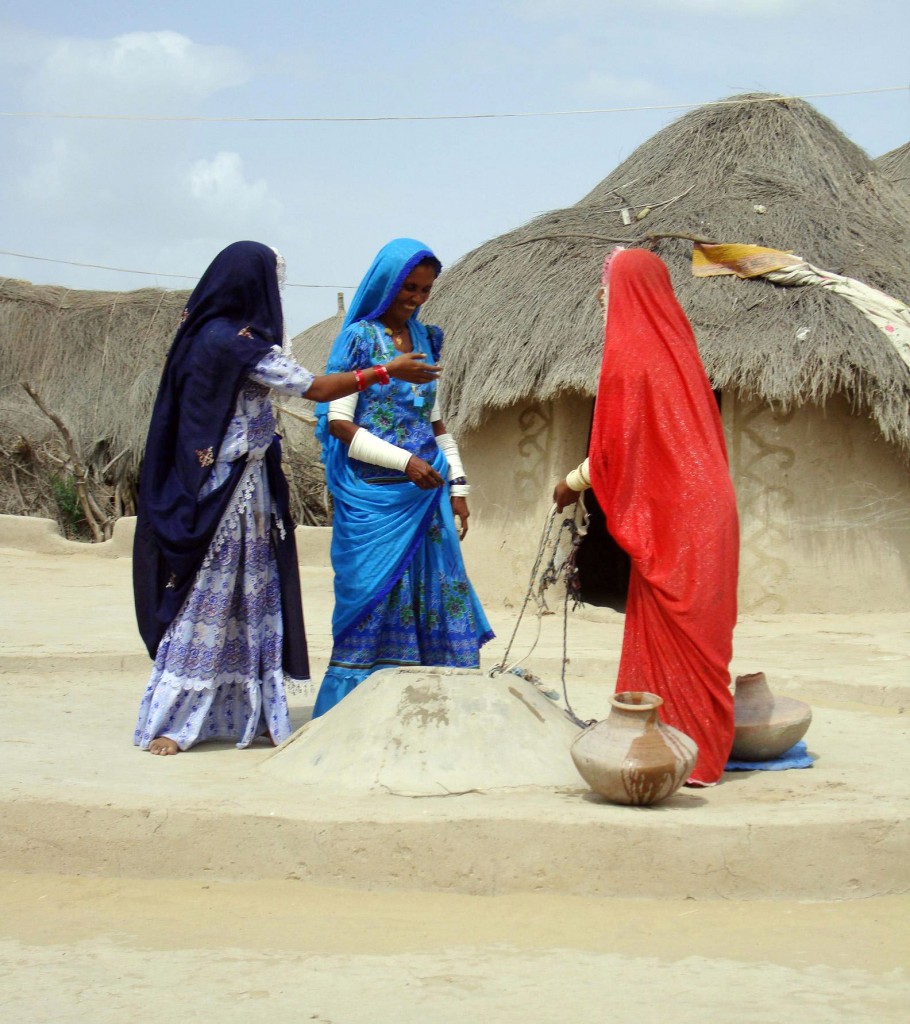Water Crisis
Water is essential to life. Access to clean water is taken for granted in many places. Yet 1.2 billion people live in areas of water scarcity and 2.1 billion people lack access to safe drinking water. One-third of the world’s large aquifer systems are in distress, some severely depleted. According to the Global Risks Report 2020 from the World Economic Forum, water ranks #5 in global risks in terms of impact to society.
Water crises are caused by pollution, overuse, poor management, lack of infrastructure and climate change. Water pollution has reached even the most remote areas of the globe. Contaminants have been found in water from northern Canada to Antarctica.
Years of neglect and abuse have led to degraded water quality in lakes, streams and groundwater around the world. Aquatic ecosystems chronically have been treated as open sewers. Nutrient pollution, toxic contamination, acid rain and other stressors have damaged ecosystems. Without protection, the situation will continue to deteriorate, essential supplies of fresh water will be lost, wild species will disappear with their natural habitat, and human habitation will not be possible.


A serious lack of water plagues much of the world’s population, and water scarcity is only expected to worsen. About one-fifth of the world’s people don’t have clean water to drink. Almost one-half do not have access to proper sanitation. Lack of access to safe drinking water has taken a terrible human toll. Contaminated water can transmit diseases such diarrhoea, cholera, dysentery, typhoid, and polio. Over 250 million cases of water-related diseases occur each year and lead to the deaths of 5-10 million people.

Why should we conserve water?
- Canada is blessed with 7% of the world’s fresh water. Yet even in Canada, tens of thousands of people do not have access to safe drinking water.
- Contaminated water is not safe for drinking or for irrigating agriculture without expensive treatment.
- If the rate of withdrawal from the ground, lakes and streams exceeds the rate of natural recharge, water supplies will be inadequate or disappear.
- Overuse and pollution of aquifer system for agriculture, industry and urban uses can lead to significant environmental problems and the collapse of ecosystems.
- Serious water scarcity can force migration and regional conflicts, especially in geopolitically fragile areas.
- You can help with water crisis by conserving water, which not only protects ecosystems, but also saves expensive treatment of polluted water.

Fast facts
- By 2025, half of the world’s population will be living in water-stressed areas.
- In least developed countries, 22% of health care facilities have no water service, 21% lack sanitation service, and 22% are without waste management service.
- In 2019, 785 million people lack even a basic drinking-water service, including 144 million people who are dependent on surface water (WHO, 2019).
- About 450 million children live in areas of high or extremely high water vulnerability.
- Over 2 billion people use a drinking water source contaminated with faeces.
- Contaminated drinking water is estimated to cause 485,000 diarrhoeal deaths each year.
- Every day over 700 children under five die from diarrhoea linked to inadequate water, sanitation and hygiene (UNICEF,2021).
- More than 250 million cases of water-related diseases occur each year.
- 5-10 million people die each year of water-related diseases.
- Canadians use 150 times the amount of water per day required for personal survival.
- Over the last 100 years water consumption grew two times faster than world population and is expected to increase another 40% by 2025.
- Since 1950, global per capita water supplies have decreased by 58%.
- 60% of illnesses worldwide are water related.
- As much as 50% of the water in piped systems worldwide is lost to leakage.
- A low flow toilet can cut the amount of water you flush by more than two-thirds.
- Each year 12,000 tonnes of phosphorus and 304,000 tonnes of nitrogen are added to Canadian waters causing overgrowth of aquatic plants and killing many aquatic organisms.
- Nitrate contamination and bacteria affect 20-40% of rural wells in Canada.
- Each year in the United States around 34 billion litres of dangerous chemicals are released into the ground, much of it entering fresh water sources.

